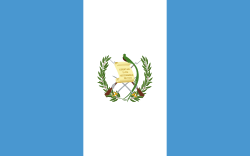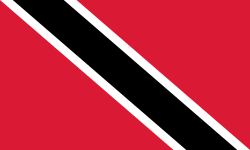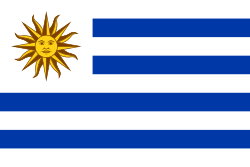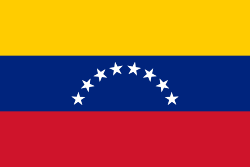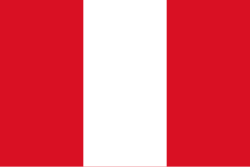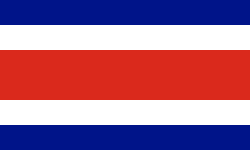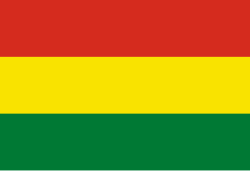Fed Cup 2013 – Americká zóna
Americká zóna Fed Cupu 2013 byla jednou ze tří zón soutěže, kterých se účastnily státy ležící v daných regionech, v tomto případě týmy ze států nacházejících se na americkém kontinentu. Do soutěže Americké zóny nastoupilo 19 družstev, z toho osm účastníků hrálo v 1. skupině a dalších jedenáct pak ve 2. skupině. Součástí herního plánu byla také baráž.
1. skupina
Osm týmů bylo rozděleno do dvou bloků A a B po čtyřech účastnících. Vítězové obou bloků se utkali v zápase o postup do baráže o Světovou skupinu II pro rok 2014. Družstva, která se umístila na třetím a čtvrtém místě, sehrála zápasy o udržení. Třetí z bloku A se utkal se čtvrtým z bloku B a čtvrtý z bloku A pak se třetím z druhé podskupiny. Dva poražení sestoupili do 2. skupiny Americké zóny pro rok 2014.
Bloky
|
|
Baráž
| Pořadí | první tým | výsledek | druhý tým |
|---|---|---|---|
| Postup | 2–1 | ||
| 3.–4. místo | 1–2 | ||
| Sestup | 2–1 | ||
| Sestup | 0–3 |
- Kanada postoupila do baráže o účast ve Světové skupině II pro rok 2014,
- Chile a Peru sestoupily do 2. skupiny Americké zóny pro rok 2014.
2. skupina
- Místo konání: Maya Country Club, Santa Tecla, Salvador (antuka, venku)
- Datum: 16. – 20. července
Jedenáct týmů bylo rozděleno do dvou bloků A a B. První měl pět a druhý šest účastníků. Vítězové obou bloků si zajistili přímý postup do 1. skupiny Americké zóny pro rok 2014.
Bloky
- Ekvádor a Bahamy postoupily do 1. skupiny Americké zóny pro rok 2014.
Odkazy
Reference
V tomto článku byl použit překlad textu z článku 2013 Fed Cup Americas Zone na anglické Wikipedii.
Externí odkazy
- Fed Cup 2013, 1. skupina Americké zóny[nedostupný zdroj]
- Fed Cup 2013, 2. skupina Americké zóny[nedostupný zdroj]
Média použitá na této stránce
Flag of Canada introduced in 1965, using Pantone colors. This design replaced the Canadian Red Ensign design.
The flag of the Dominican Republic has a centered white cross that extends to the edges. This emblem is similar to the flag design and shows a bible, a cross of gold and 6 Dominican flags. There are branches of olive and palm around the shield and above on the ribbon is the motto "Dios,Patria!, Libertad" ("God, Country, Freedom") and to amiable freedom. The blue is said to stand for liberty, red for the fire and blood of the independence struggle and the white cross symbolized that God has not forgotten his people. "Republica Dominicana". The Dominican flag was designed by Juan Pablo Duarte, father of the national Independence of Dominican Republic. The first dominican flag was sewn by a young lady named Concepción Bona, who lived across the street of El Baluarte, monument where the patriots gathered to fight for the independence, the night of February 27th, 1844. Concepción Bona was helped by her first cousin María de Jesús Pina.
Note: The color selected is «turquoise blue» (the color mentioned in the decree), as defined by Pantone.
Při zobrazení tohoto souboru lze snadno přidat orámování
| Flag of Bolivia* | |
|---|---|
| country | Template:I18n/Republic of Bolivia |
| used by | Bolivia |
| from | 1851 |
| until | Present |
| created by | Government of Bolivia |
| format | 15:22 |
| shape | rectangular |
| colours | červená, žlutá, zelená
flag has 3 horizontal stripes |
| other characteristics | A horizontal tricolor of red, yellow and green. |





